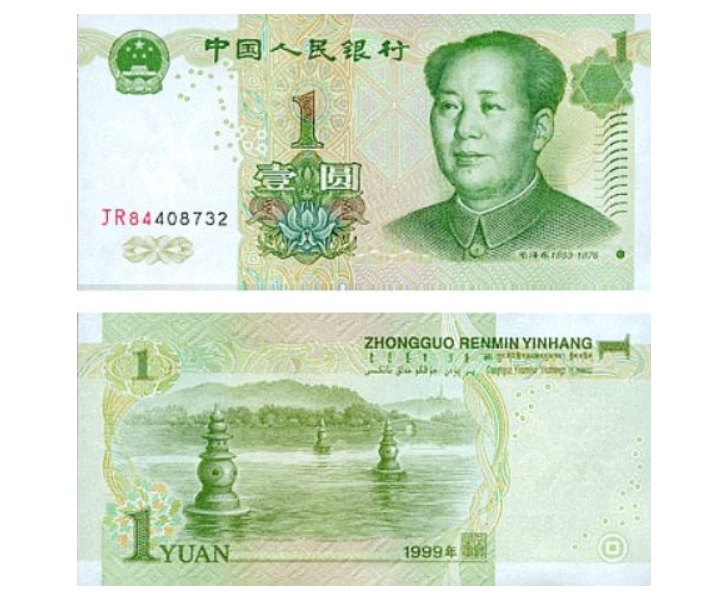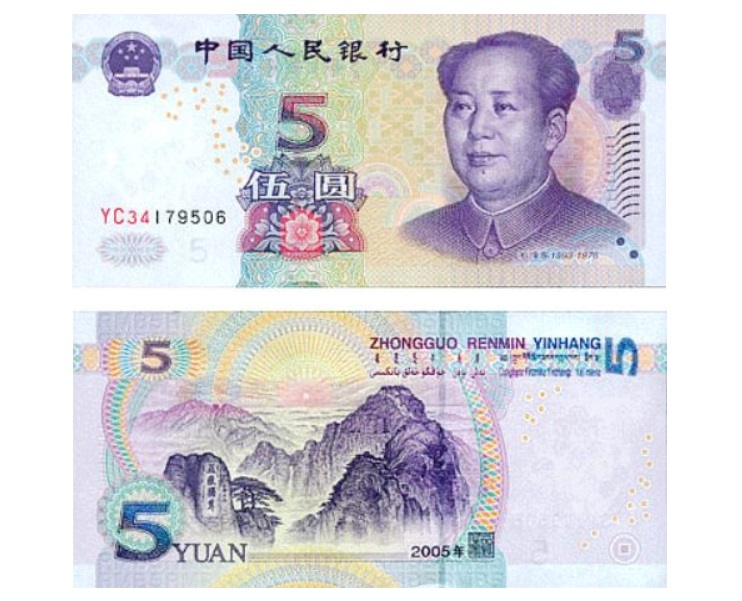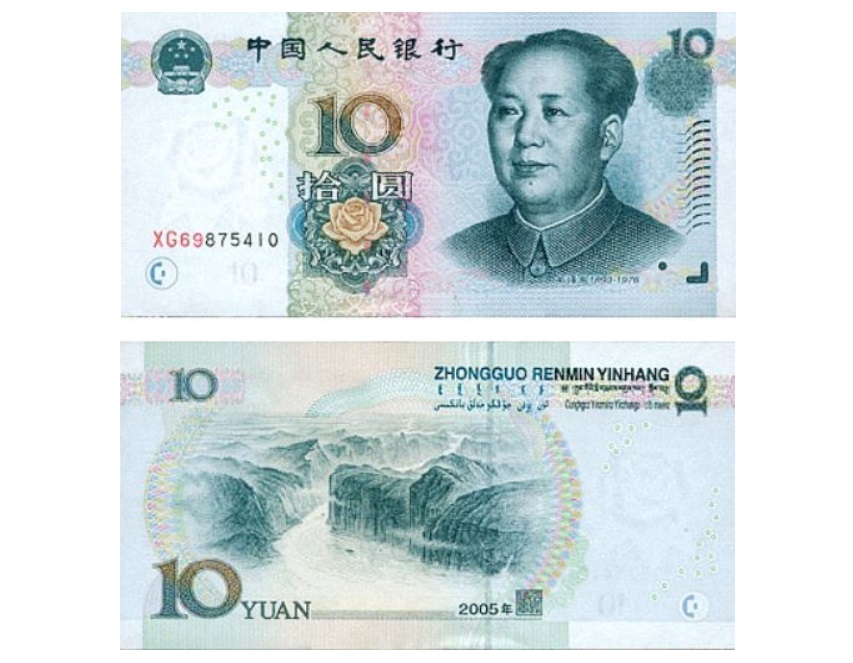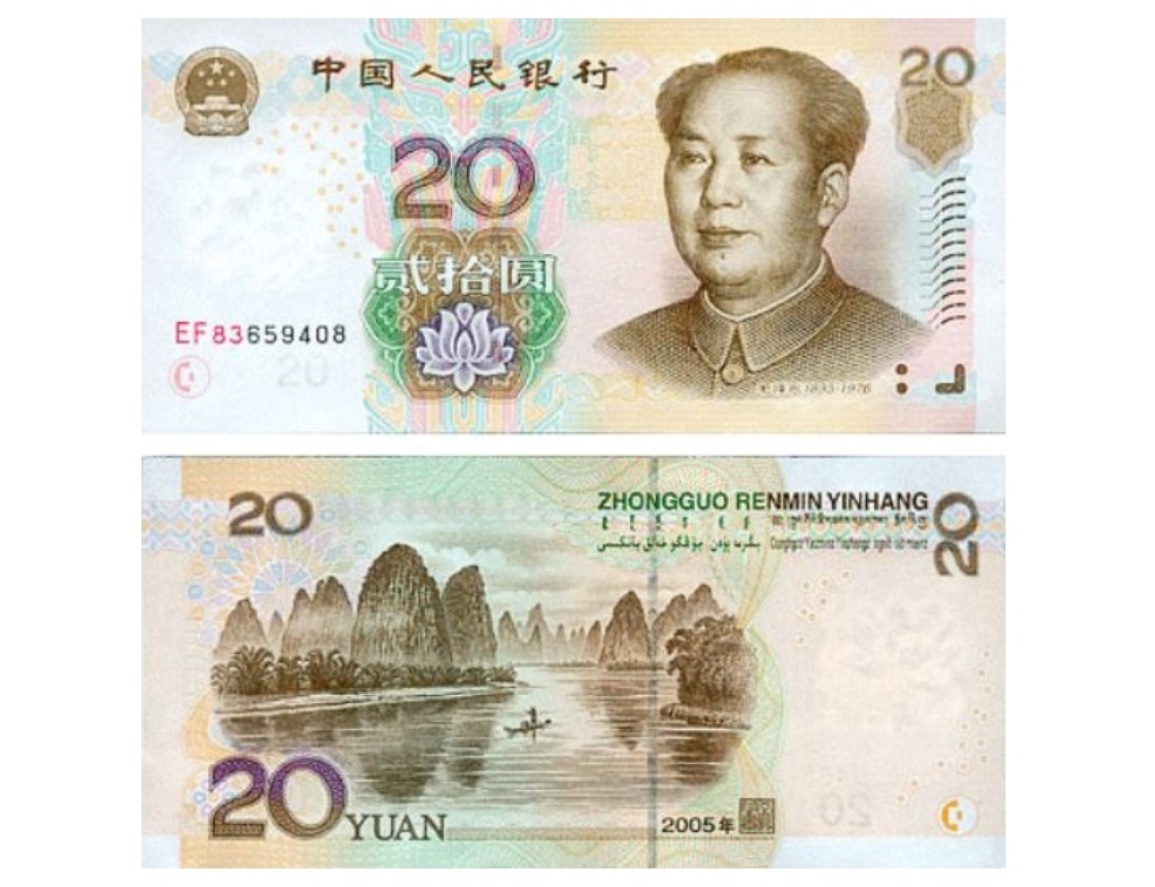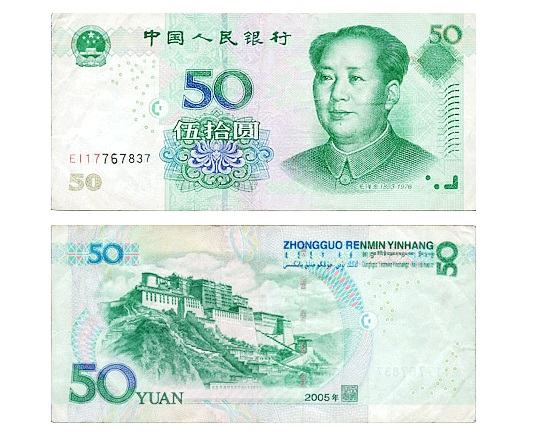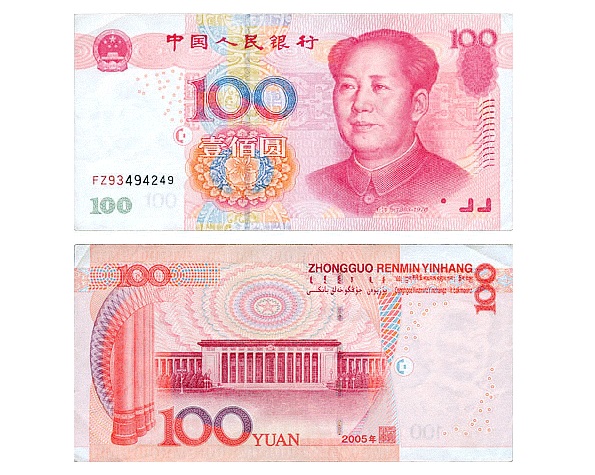Mingbai: Money, money, money, China style
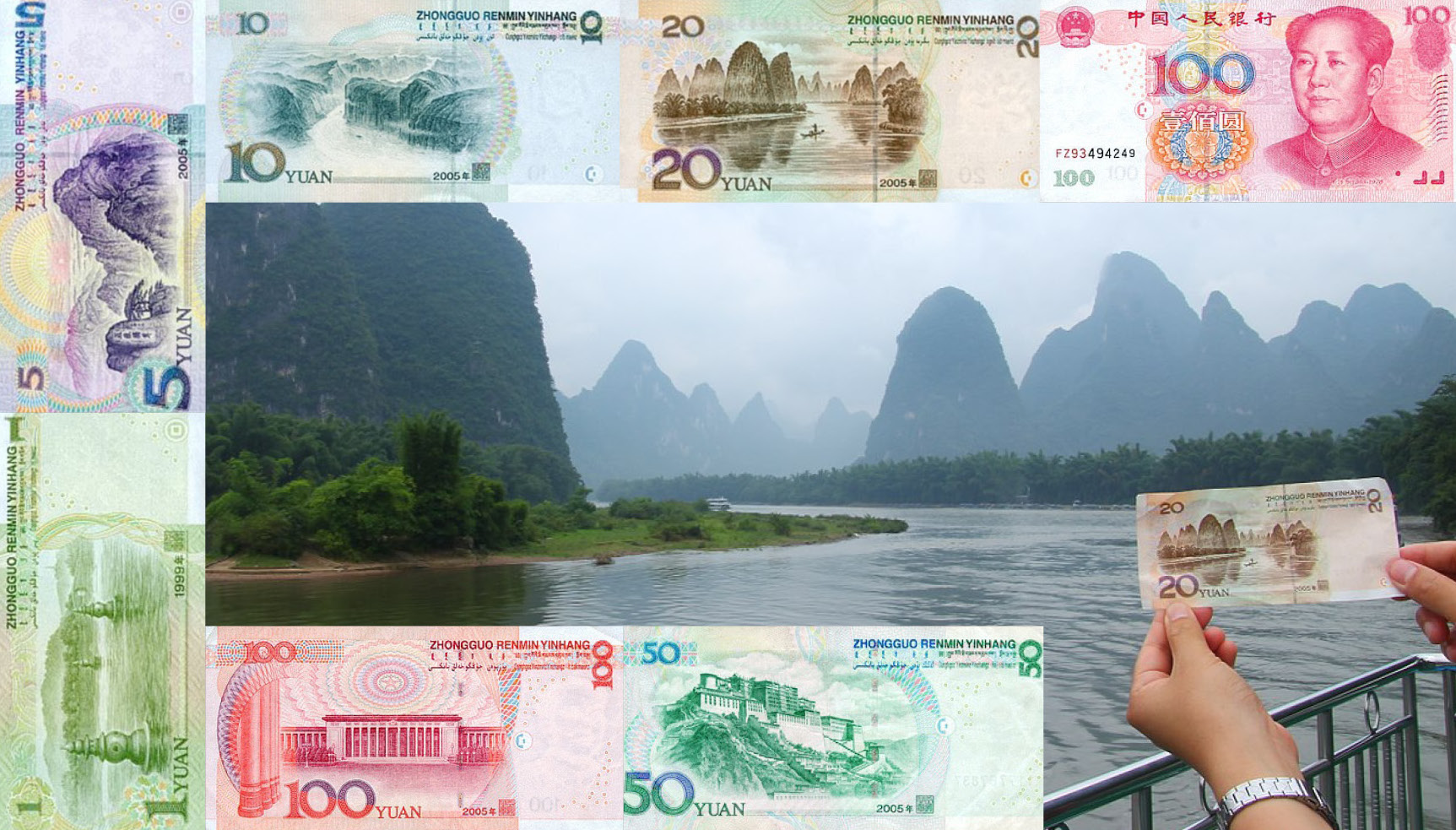
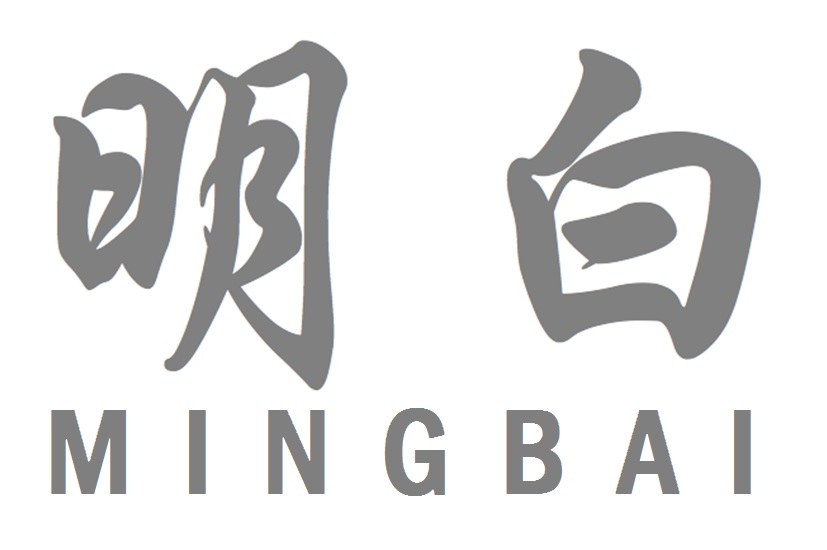 Mingbai (明白, meaning “understand”), written by Christian Føhrby and Deng Jie, is a daily newsletter that drops knowledge on things “everyone in China knows, but almost nobody outside the country knows.” Sign up for it at GetMingbai.com.
Mingbai (明白, meaning “understand”), written by Christian Føhrby and Deng Jie, is a daily newsletter that drops knowledge on things “everyone in China knows, but almost nobody outside the country knows.” Sign up for it at GetMingbai.com.
人民币 (rénmínbì), “the people’s currency,” shortened RMB, measured in yuan (元), is the money used in China. This week, Mingbai explores the bills and their motifs.
Paper money was in fact invented in China, dating back to the Tang dynasty (618-907). The most recently issued series of paper money comes in denominations of 1, 5, 10, 20, 50, and 100 yuan. Smaller bills are still in circulation, including the 1 and 5 jiao denominations, but they don’t really get you anything these days (a jiăo is 1/10 of a yuan).
Informally, yuan are known as kuài (块), like when one calls a dollar a “buck.”
The bills have a picture of Mao Zedong on one side, and a famous landmark on the other. They are pentalingual, with “People’s Bank of China” written in Chinese, Mongolian, Tibetan, Uighur, and Zhuang. We’ll start with the lowest denomination.
1 Yuan
三潭印月 (sān tán yìn yuè), “The Three Pools Mirroring the Moon,” adorns the green 1-yuan bill (about 16 U.S. cents). They are three small stone pagodas in the middle of the West Lake of Hangzhou, widely recognized as one of the most beautiful places in China.
They light up like little moons when candles are put inside them. They reflect on the serene waters of the lake and have inspired much music and poetry.
5 Yuan
泰山 (tài shān), Mount Tai, is China’s most prominent sacred mountain, located in Shandong Province in the east.
Countless emperors have made the pilgrimage here to make offerings to the gods, often as the first thing after coming to power. The mountain symbolizes the stability of China itself, and it is said that ”when Tai Shan is at peace, the world is at peace.”
The mountain has inspired many other sayings. For example, you might say that a person who fails to see the obvious “has eyes, yet can’t even recognize Tai Shan.”
10 Yuan
三峡 (sānxiá), the Three Gorges, are a series of imposing mountainous canyons that line the Yangtze River (the third longest in the world) in Central China.
The Gorges are a popular cruise destination, with ships going between Chongqing and Hubei Province. The majestic cliffs rising on both sides of the river have stunned many a poet.
Along the way, you’ll find villages, temples, howling monkeys, rocky peaks, as well as the world’s largest hydroelectric dam, which last year generated more electricity than Greece and New Zealand combined.
20 Yuan
桂林 (guìlín) is located in southern China, and is one of the most popular tourism destinations, not least for its beautiful “humpy” karst rock formations, which were made by gradual erosion of the soft rock type common in the area.
Many vacationers like to find the exact spot along the Li River depicted on the 20-yuan bill and take a picture while holding the note up for comparison. Sort of how people like to take pictures where they pretend to be pushing the Leaning Tower of Pisa.
The Li River area is also famous for its traditional cormorant fishing (see the boat in the picture!), its magnificent caves, and its many picturesque villages and rice terraces.
50 Yuan
布达拉宫(bùdálā gōng), Potala Palace, towers on the Red Hill of Lhasa, the provincial capital of Tibet, and is the highest-altitude palace in the world, at 12,100 feet (3,700 meters) above sea level.
It was first built as a wedding present to the wife of Tibetan leader Songtsen Gampo in the 7th century. In 1645, it was rebuilt in its current form by the 5th Dalai Lama, after which it became the winter residence of the Dalai Lamas.
100 Yuan
人民大会堂 (rénmín dà huìtáng), the Great Hall of the People, is located just south of the Forbidden City in Beijing. Similar in both function and importance to the U.S. Capitol, the Great Hall is the home of the National People’s Congress, and the focal point for the lianghui, the two annual summit meetings that take place every year in March.
It’s also used for celebrations, conventions, and concerts of the highest order, and is in many ways the center of China’s political life. The Great Hall is open to the public when not in use.
If you’ve not already completely switched to mobile payment (as much of China has by now), have a look at the picture next time you pull out a bill to pay for something. It’s not just a bill — it’s cultural history!
The Mingbai Team have been hugely enjoying our weekly The China Project installments, and we hope you have too. We’re going on summer holiday for a while, but will be back later in the year with much more old news that everyone in China knows, but you still don’t!
Mingbai will return after this summer. Remember to sign up for the daily newsletter.
